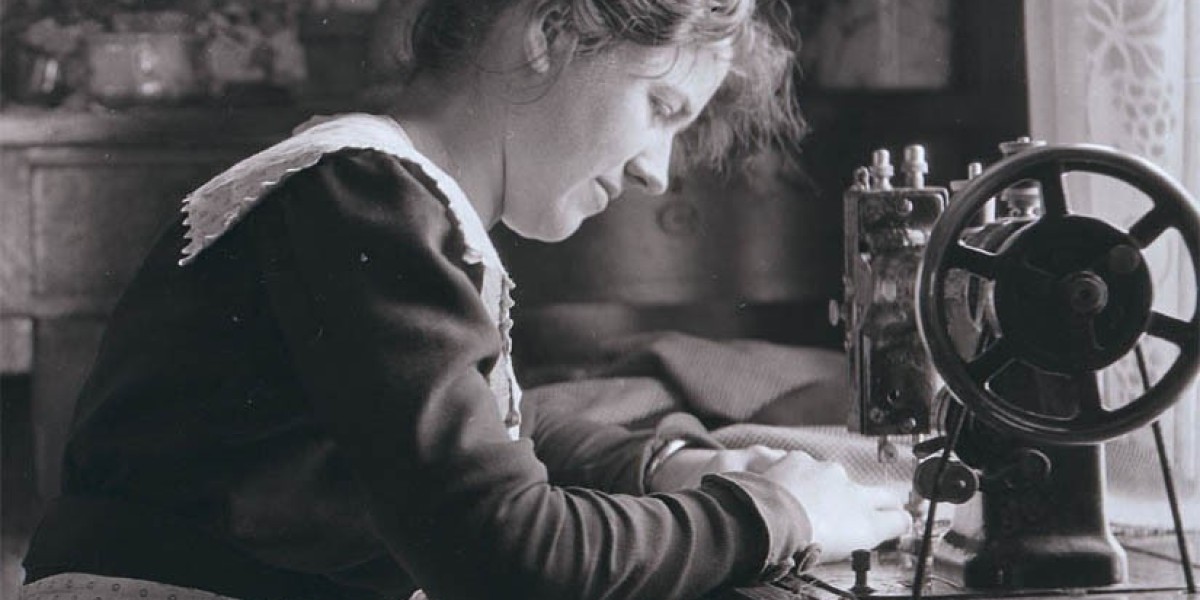Sewing, a fundamental aspect of human culture, has evolved over thousands of years. Its history reflects the development of technology, society, and fashion. From simple stitching techniques to complex machinery, sewing has been essential in creating clothing and textiles. This article explores the rich history of sewing, highlighting its significance throughout the ages.
Ancient Beginnings
Sewing dates back to prehistoric times, with evidence of stitched clothing found in ancient archaeological sites. The oldest known sewing needles, made from bone, were discovered in Siberia and date back to around 30,000 BCE. Early humans used animal hides and sinew to create garments, which provided protection from the elements.
The Development of Fabrics
As civilizations progressed, so did the materials used for sewing. By 5000 BCE, humans began weaving fabrics from plant fibers, such as flax and cotton. The invention of the loom in ancient Mesopotamia allowed for the production of more complex textiles. This shift significantly impacted sewing, enabling the creation of more intricate garments.
Sewing in Ancient Civilizations
Egypt: In ancient Egypt, sewing played a crucial role in daily life. Linen, made from flax, was the primary fabric used for clothing. Egyptians developed techniques to create elaborate garments, often adorned with embroidery and decorative elements.
China: Around 3000 BCE, the Chinese began using silk, revolutionizing the textile industry. The invention of the sewing machine later in the 19th century can be traced back to the need for efficient silk production.
Greece and Rome: In ancient Greece, garments like the chiton and himation were made from rectangular pieces of fabric, sewn together at the shoulders. The Romans adopted similar styles, using sewing techniques to create togas and tunics.
The Middle Ages and Renaissance
During the Middle Ages, sewing became more specialized. Tailors emerged as skilled artisans, creating custom clothing for the wealthy. The use of buttons and fitted garments became popular. In the Renaissance, fashion flourished, leading to elaborate designs and intricate sewing techniques, including embroidery and embellishments.
The Industrial Revolution
The Industrial Revolution in the 18th and 19th centuries transformed sewing dramatically. The invention of the sewing machine in the early 1800s by Elias Howe and Isaac Singer revolutionized garment production. This innovation allowed for faster and more efficient sewing, making clothing more accessible to the masses.
Sewing in the 20th Century
The 20th century saw significant changes in sewing practices. The rise of ready-to-wear clothing reduced the need for custom sewing. However, home sewing gained popularity as a hobby, fueled by the availability of patterns and sewing machines. The mid-century brought about the "Make Do and Mend" movement during World War II, encouraging people to repair and repurpose clothing due to fabric shortages.
Modern Sewing
Today, sewing continues to evolve with advancements in technology. The introduction of computerized sewing machines has made it easier for enthusiasts to create intricate designs and patterns. Social media platforms have fostered a vibrant online sewing community, allowing people to share their projects and connect with others.
Conclusion
The history of sewing is a testament to human creativity and resourcefulness. From its ancient origins to modern innovations, sewing has played a vital role in shaping clothing and textile production. As we continue to embrace sewing as both an art and a practical skill, its legacy will undoubtedly endure for generations to come. Whether for fashion, function, or personal expression, sewing remains an essential part of our cultural heritage.







